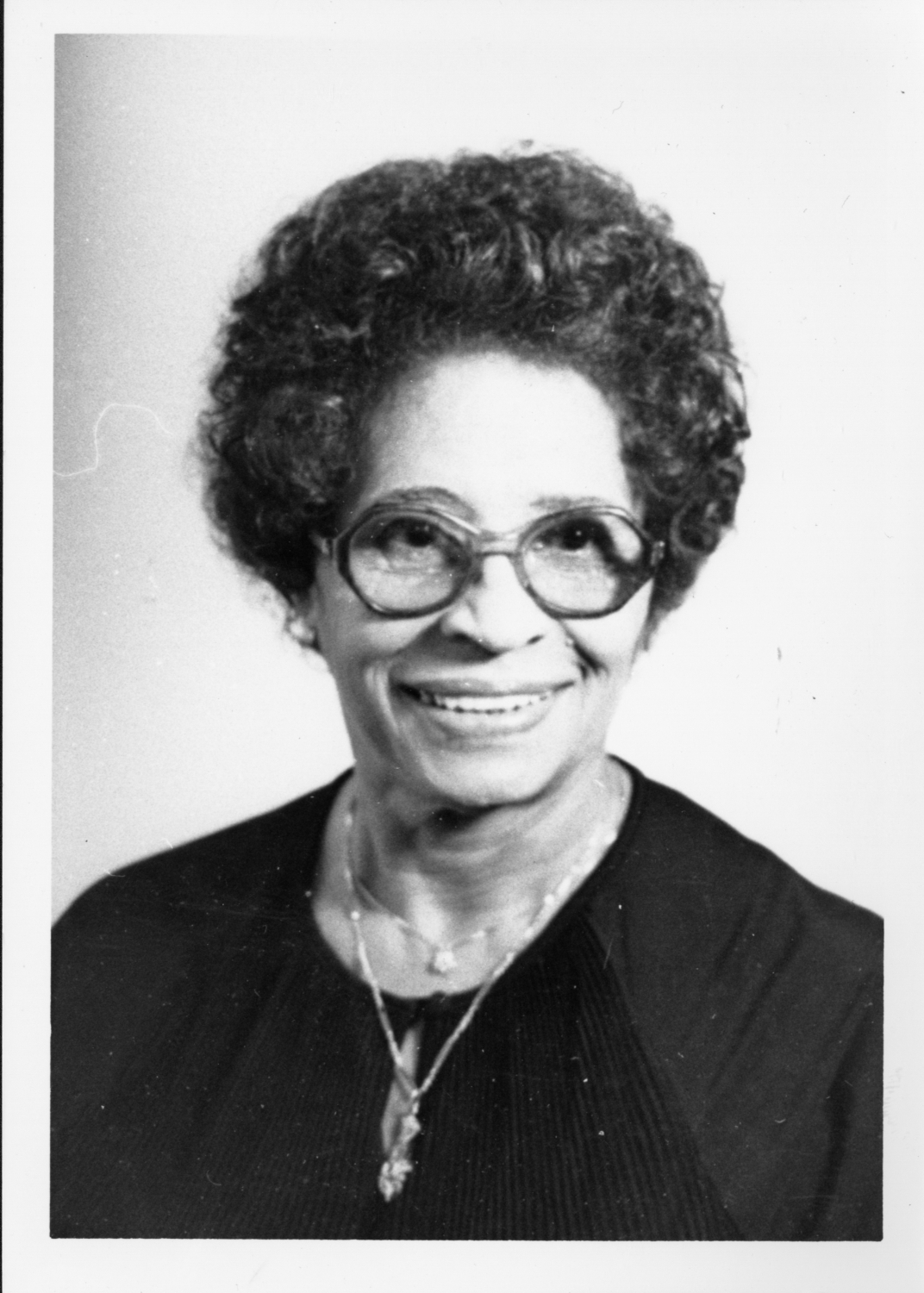Introduction
In 1955, following Brown v. Board of Education, the Little Rock school board accepted a plan of gradual integration presented by superintendent Virgil Blossom. According to the plan, Little Rock schools were to begin the integration process in the fall of 1957. However, when nine African American students enrolled in previously all-white Little Rock Central High School appeared in front of their new school on September 4, 1957, they were met by a white angry mob and the Arkansas National Guard. Governor of Arkansas Orval Faubus called the latter not to protect the black students’ constitutional right to an equal education but to block them from entering the school building.
One of the key civil rights leaders involved in the Little Rock Crisis was Daisy Bates. Bates was an activist, journalist, and publisher, who for years served as the President of the Arkansas chapter of the National Association for the Advancement of Colored People (NAACP). She was a mentor to the Little Rock Nine before the desegregation of Central High began and continued to play a crucial role throughout the crisis. Following the Central High events, Bates became a nationally recognized leader and continued to fight for the civil and economic rights of African Africans in Arkansas and nationally.
In this activity, you will examine the transcript of excerpts from an oral history interview that Daisy Bates gave to Mary Sudman Donovan on April 7, 1986. In it, Bates reflects on her role during the Little Rock Crisis.
Activity Questions
Transcriptions of this oral history are available in the Exercises download at the bottom of this page.
- What day of the Little Rock Crisis does Bates remember the most? Why? How did the events of that day make her feel?
- Why according to Bates did the mob attack the black reporters?
- How does Bates feel about white people? Why does she feel this way?
- When and how did Bates become the mentor of the Little Rock Nine? Why do you think they turned to her to be their mentor?
- What does Bates consider to be her most important contribution to the desegregation of Central High?
- During the desegregation crisis, the Little Rock Nine were around 15-16 years old. How do you understand Bates’ comment that she helped them understand “what was expected of them”? What does it tell you about the role of youth in the civil rights movement?
- Explore Bates’ biography following resources suggested in the “Context” section. How do you understand Bates’ statement that she was “conditioned” to play a role in the desegregation crisis? How did her earlier life experiences “condition” her to be the mentor to the Little Rock Nine?
Primary Sources
To learn more about the primary sources featured in the activities above, click the following links:
Arkansas Social Studies Standards
US History Since 1890, Grades 9 – 12
- Strand: Era 9: Post-war United States 1945 to Early 1970s
- Content Standard 5: Students will analyze social, economic, and political changes in the United States between 1945 and 1970.
- Era9.6.USH.1 Analyze the roles of individuals, groups, and the government in securing civil rights during the mid-20th century using a variety of primary and secondary sources (e.g., minorities, women, NAACP, federal court cases, legislation, Twenty-fourth Amendment)
- Era9.6.USH.4 Examine domestic policies of the federal government between 1945 and 1970 and the outcomes from multiple perspectives (e.g., New Frontier, Great Society, civil rights, social issues)
- Era9.6.USH.5 Construct historical arguments of long-term effects of social and economic changes occurring during the mid-20th century using available data and multiple sources
African American History, Grades 9 – 12
- Strand: Illusion of Equality 1950-1970
- Content Standard 6: Students will analyze the African American experience from 1950-1970.
- IE.6.AAH.1 Analyze the various influences of African Americans on political change during the mid-1900s using primary and secondary sources (e.g., feminism, civil rights organizations, political organizations, and labor unions, military)
- IE.6.AAH.2 Examine the various influences of African Americans on social change using primary and secondary sources from multiple perspectives (e.g., migration, feminism, military, social organizations)
- IE.6.AAH.3 Examine various ways African Americans participated in the Civil Rights Movement and the effects of their actions using a variety of primary and secondary sources (e.g., sit-ins, boycotts, marches, speeches, music, methodologies, organizations)
- IE.6.AAH.4 Analyze the effects of legislative developments on the African American experience between 1950-1970 (e.g., voting, civil rights, fair housing, education, employment, affirmative action)
Arkansas History, Grades 7 – 8
- Strand: History Content Standard 7: Students will examine the impact of historical events and people on the development of Arkansas.
- H.7.AH.7-8.8 Analyze social, economic, and political effects of the Civil Rights Movement on various regions in Arkansas from multiple perspectives (e.g., integration, state legislation)
Arkansas History, Grades 9 -12
- Strand: Era 5: World War II Through the Civil Rights Era 1941-1967
- Content Standard 5: Students will analyze factors that influenced the perspectives of Arkansans from World War II through the Civil Rights Era.
-
- Era5.5.AH.9-12.4 Analyze the social, economic, and political effects of the Civil Rights Movement in various regions of Arkansas using primary and secondary sources from multiple perspectives (e.g., segregation; voting; integration of Fayetteville, Hoxie, and Little Rock School Districts; federal and state legislation)
Key Terms
More Information
Downloadable Guides and Handouts
We encourage K-12 educators to use History Alive: Virtually! in a way that will best match their classroom needs. The “Exercise” handout includes a complete exercise as featured on this website, the “Primary Sources” handout includes only primary sources used in the exercise, and the “Questions” handout includes analytical questions from the exercise but is editable and can be easily changed to best match students’ needs.
“I Was Conditioned” – Exercises


